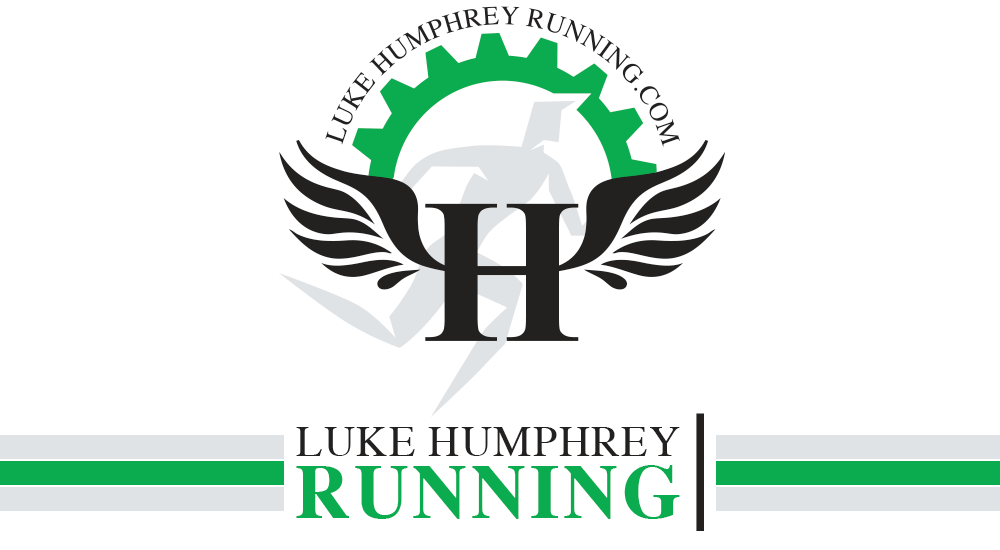Practical usage of HR metrics

Podcast: Play in new window | Download
If you have followed my writing for any length, you will know that you won’t find me prescribing workouts by heart rate any time soon. That’s not to say that I don’t think that using heart rate has no value. I just don’t think that heart rate is the best indicator of intensity guide for workouts. I just feel like there are a lot of factors that go into heart rate and as Jim Vance wrote in his book, Run with Power, heart rate is like looking in the review mirror. It’s more reflective of what you have already done and not where you are in the moment. Now, I know what you are going to say, “Luke, you can say the same thing about pace!” To that, I say, you are 100% correct, but I still like pace better, and here is why.
First, you are going to run a race, what are you trying to do? You are trying to run a certain time, or pace. You aren’t trying to run a race with a heart rate under 150 bpm. Don’t get heated, I am not trying to be facetious here. My point is, during the race, you are going to be more worried about the pace and if you are trying to monitor by heart rate, it’s going to be tough to do that. What I want my athletes to do is to use pace, but also learn how to use things like heart rate and RPE to “look in the rearview mirror” during training. That way they can have data to measure if they are gaining fitness, but they also associate efforts and that data to different paces. So, I guess my point is, that it’s not about just pace or just heart rate. It’s about how can I use these variables in a practical manner instead of just having a bunch of data.
Second, the faster you run, the less your heart rate is going to have accuracy. If you are using wrist based heart rate (as of right now), forget about it. It’s not going to be accurate. What this means is that for hard workouts, SOS style workouts, pace is where I feel like you need to be. Where using heart rate for guiding your intensity does make sense is for your easy days. Especially if you are one to run too hard on your easy days, then use HR to keep yourself in check.
Before we move on, I really want to drive home the idea that it’s not a pace vs heart rate or even add power into the mix. It’s about using the data that’s the most practical to our situation. To me, if you are planning on racing at a certain pace, then being comfortable with using pace as your primary training variable is key. That’s not to say that we just ignore what the other measure can tell us. We just then put that variable into the best position to give us practical data.
Practical HR measurements
Resting HR
Establish a resting heart rate for a couple weeks when your training is light. If you just ran a marathon, give yourself a good week and then start recording this. Probably not the best to do in the middle of a segment. Resting heart rate has become pretty convenient to measure with apple watches, your running watch, sleep trackers. Heck, you can get a ring and just wear that now.
With training, you are ideally seeing a pretty steady resting heart rate. This should be recorded when you first get up in the morning. A tracker will more than likely recognize this and you can just go in and check your data. Sustained increases mean something is going on. It could be illness, but usually, it is because sleep is disrupted (or just not there) or you aren’t recovering well enough. This is surface level stuff though, and you and your coach should probably dig deeper on this. Recovery could mean poor nutrition habits, poor sleep hygiene, all the way to not having enough time between workouts.
Using in combination with pace and RPE
This is why coaches stress that athletes take a few minutes each day to fill out their training logs on Final Surge. Having raw data is great, BUT, it’s not a complete picture.
Here is an example:
Runner goes out and runs a normal tempo run. The pace was the same, but the heart rate was lower. If that’s all we had, then we would say that the run was pretty good. Maybe fitness is improving!
However, during a follow-up, we find that the run felt a lot harder than normal and their legs felt dead. Oh, that changes our outlook on the workout, right? What we originally thought was a sign of heading in the right direction, now looks like it might not be looking too good. Now we need to look into what’s going on.
Efficiency Ratio
This is a measurement of aerobic development that looks at an output measurement (pace) and compares it to an internal measurement (HR). What we are looking for is to take our normalized graded speed and divide that by the average heart rate for a given run. Unfortunately, this does take a little work on our end for now. If you aren’t familiar with NGS, it’s accounting for the variation of terrain. However, we need to get our speed, which is different from pace. Now, if you are a subscriber to Strava, you probably will have your NGP(ace). They call it GAP or graded average pace, but it’s the same idea. I did see that the Garmin IQ store had an add-on for a GAP data point. If you own a footpod, there’s a good chance you have that data. (If you want ideas, here’s a place to start). If you have your GAP or NGP we can calculate the speed.
EF = NGS/Avg HR
NGP= 8 minutes/mile
NGS = 60 ÷ 8
NGS = 7.5 mph
Yards/Minute = 220 (1760 yards x 7.5 ÷ 60)
Avg HR = 150 (whatever your HR was)
EF = 220 ÷ 150
EF = 1.467
The number itself doesn’t mean a ton, but what you do is compare it to similar runs over the course of a training segment to see how well you are developing. You can also see how this changes over the course of a workout. What you are looking for is coupling or decoupling. If the EF stays within 5%, things are good. That is seen as being coupled. If the difference is greater than 5%, then that means we have an issue. If could mean one, or more, of the following:
- Not fit enough to handle that workout
- Dehydrated
- Not recovered
- Not enough sleep
- Possible stress (That’s a given, right)
If you follow the HMM plans, this is a metric that can be checked every couple of weeks because you have a lot of similar runs throughout the schedule.
These two uses for heart rate can be pretty insightful for monitoring your development and recovery. We are not, however, using it solely to monitor our training intensity. We are using it in conjunction with other metrics to establish a more holistic view of how our training is going.




